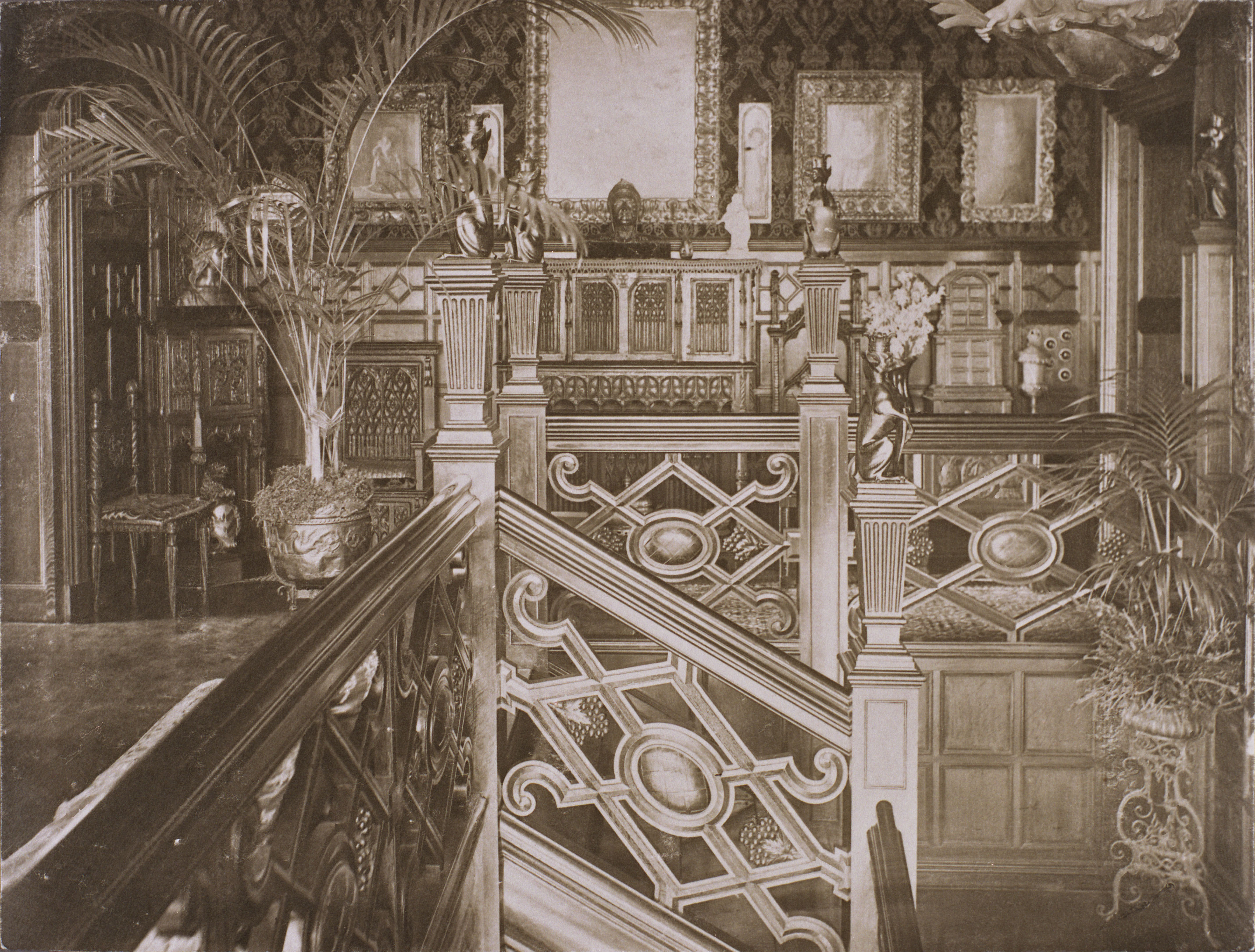One of the biggest problems with modern and contemporary art, for many people, is the seeming lack of skill or workmanship. The criticism is that contemporary art is a scam, in which the usual suspects are talentless fame-hungry artists, unscrupulous gallery owners and self-important "artspeak" critics.
In this villainous panoply, photography should not escape our attention. Modern art, as noted by many art historians and critics, was born when the painterly ability to depict detail was made redundant by the invention of photography. Users of the new technology, however, were of an ambivalent status; were they technicians simply operating a mechanical process, or artists in their own right? The small "Pictorialism: Prelude to Modern Photography" exhibition at Fujifilm square is a great opportunity to see how photographers around the turn of the century hoped to raise the cultural capital of the medium by investing their work with the quality of handmade craftsmanship and references to classical oil painting.
An identifying characteristic of pictorial photography was the deliberate use of the labor-intensive platinum, gum bichromate and bromoil printing processes. Some of the featured photographers might be more well-known today than others and it’s no coincidence that these are the ones who moved on from this focus on manual dexterity and come out from the shadow of painting. Alfred Stieglitz, Edward Steichen and Edward Weston are here. Not their most famous work, it has to be said, and in Weston's case it's altogether better that he is remembered for "Pepper No. 30" and not the print in this exhibition, the soft-focus image of a naked and slightly chubby boy from behind.


















With your current subscription plan you can comment on stories. However, before writing your first comment, please create a display name in the Profile section of your subscriber account page.